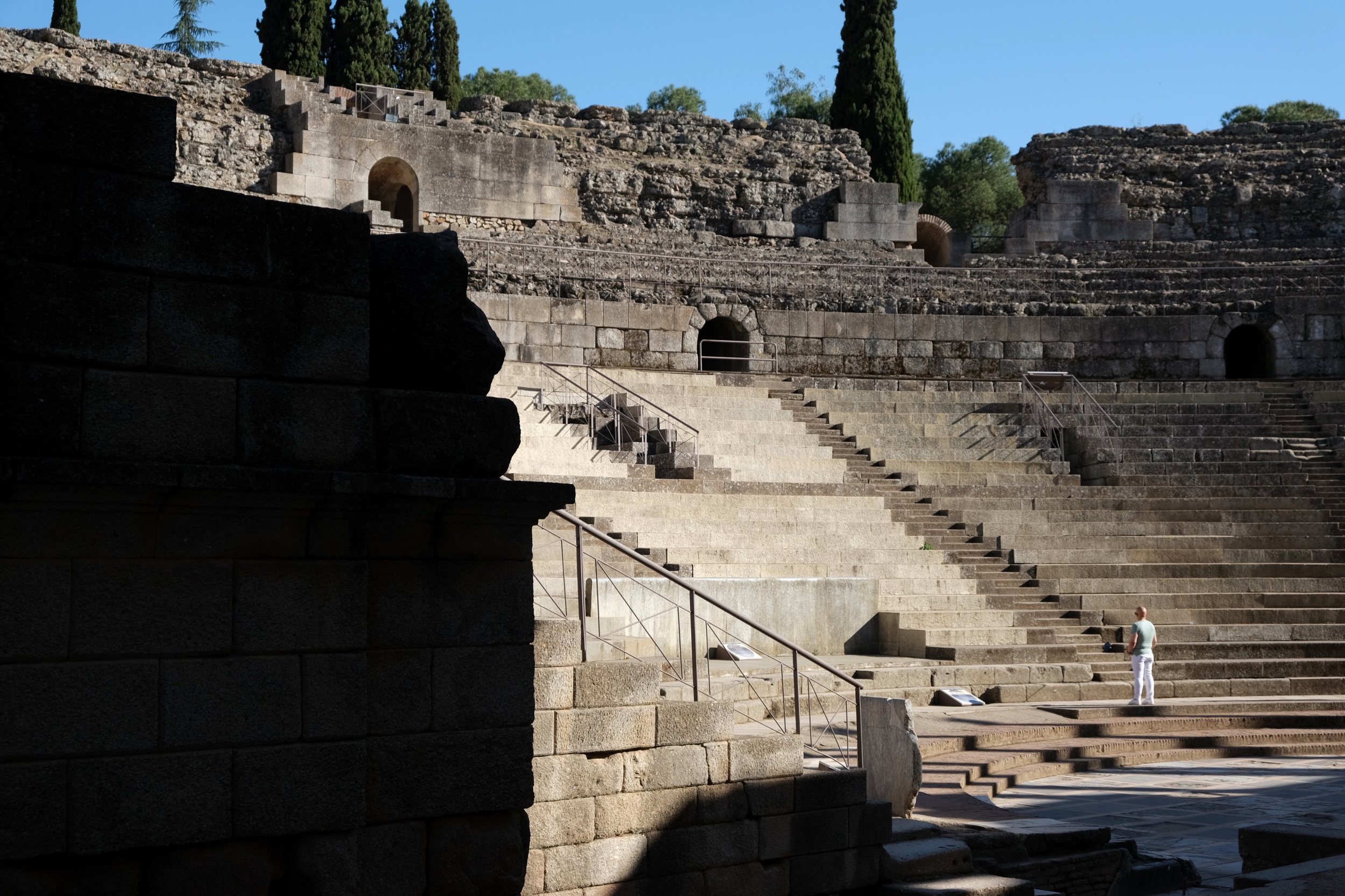Merida - The Best Preserved Roman Capital City of the Iberian Peninsula
My first time in the region of Spain called Extremadura needed to be somewhere special, and what better place than the Roman capital of the province of Hispania Lvsitania and one of three Roman capitals of the Iberian peninsula. Merida is a small charming town, its center only 15 minutes from the perimeters of the city, in which the foundation is made up of the remains of a large Roman city called Emerita Augusta.
Merida may be the capital of Extremadura but this is a much smaller city compared to any of the other regional capitals of Spain. The size of the city is a luxury and there are many apartments, apartments with full kitchens, to book making the city comfortable to visit. The city does not offer a unique Spanish culture, instead just a “generic” Spanish framework you will find across Spain, but instead you will find well-preserved/reconstructed Roman, Muslim, and medieval architecture and art.
The Roman art museum will provide a great deal of insight into the city that once was while also showcasing replicas and real artifacts that were found during excavation. While the museum would be a great place to start, it is free Saturday afternoon and Sunday morning and cooled so it may be best to visit midway if traveling in the summer. There is a prehistoric museum but this is honestly only worth it if you happen to pass in front of it.
Besides the museum one should visit all the archeological sites scattered across the city; Roman theater, Roman bridge, the medieval bridge, Amphitheater, Temple of Diana, Alcazaba, Roman Circus, Roman House of Mitreo, Trajan Arch, Basilica of Santa Eulalia with its catacombs, and the porch of the Roman Municipal Forum building. Each one goes in great detail into the history, culture, and the way they lived in their respective times. All of these places are worth seeing and within walking distance.
The aqueducts are worth visiting especially before sunset when the soft golden light hits the tops of the pillars. They are impressively large and you can get right up to them and touch these historical relics of a momentous civilization.
The Amphitheater and theater sit next to the museums and are quite large. These two structures alone are a spectacle and worth visiting the city alone, but in addition to these are the roman circus, where chariot races were held, which is the best preserved roman circus in the world. The sheer number of Roman architectures is impressive.
Visiting all the museums and monuments is not as expensive as you would think. One ticket will give you access to every roman monument in Merida for the whole week. Even the apartments are quite affordable.
This city has the largest set of Roman structures I have seen in the Iberian peninsula, but that is really it to the city. Yes, this is a very impressive collection of monuments from one of the greatest civilizations that ever lived, but if you take away these landmarks the town is just a normal small town in Spain. The Extremadura area has yet to surprise me with much of anything else. While I say this I need to clarify that I do not regret coming to Merida, was happy to go out of my way to see it, and would absolutely recommend to anyone.
If you are a fan of the ancient Roman civilization and you are in Spain, then I suggest you make Merida one of your next destinations. Visiting this city would go well with visiting Conimbriga, Portugal.





















